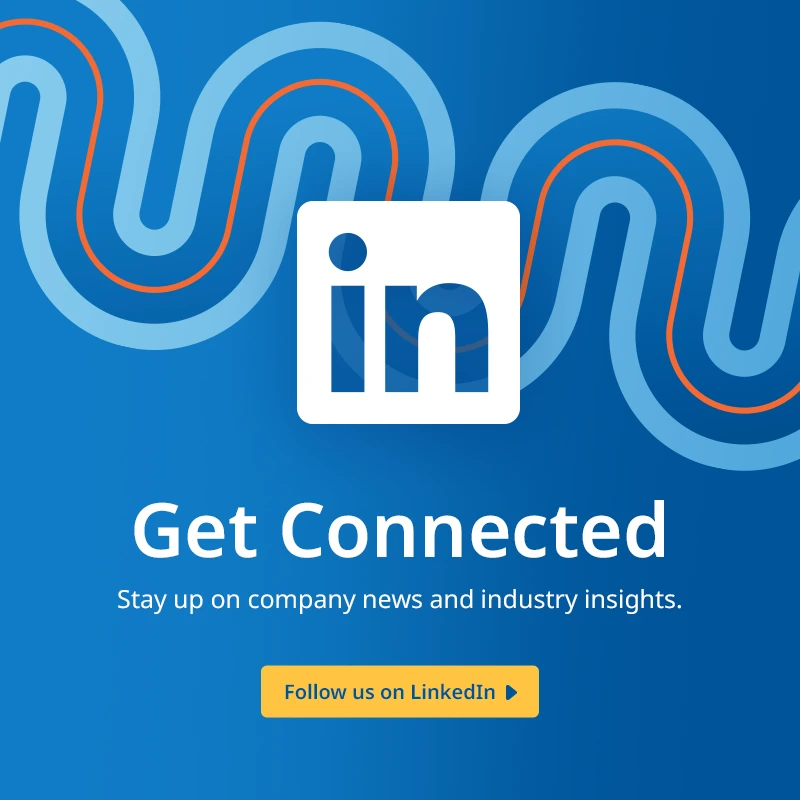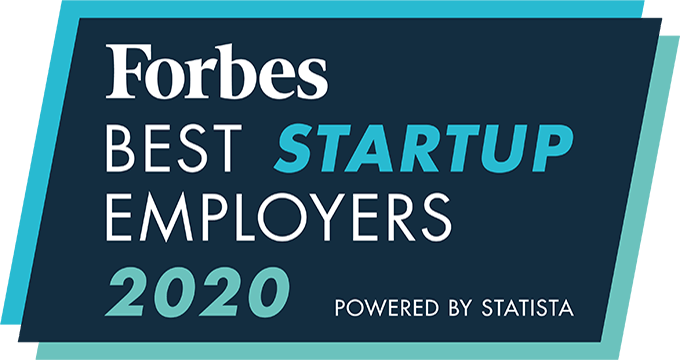Diversity is no longer a buzzword, but critical to a thriving workforce and a must-have strategic consideration for any talent acquisition process in the post-pandemic world. During this session, attendees will hear the steps they need to take to use technology to meet their diversity goals.
Watch the Webinar
5 Key Takeaways
DEI is for everyone: We see corporations of all sizes trying to improve their DEI efforts. It starts simply, with three key goals. First, measure your current workforce diversity. Second, set corporate goals for where you’d like to go and what you’d like to achieve in terms of increased diversity. Lastly, create a plan to implement these goals in a way that’s realistic and attainable.
DEI is more than a buzzword: If you’re not able to do the actual work and have viable, skilled candidates, then there’s really no use to worry about DEI. In order for DEI to be considered in its truest sense, it starts with having qualified candidates able to perform the work. Why bother with a diverse staff if no one can deliver on time? Why worry about equity if no one is qualified to perform the work?
What’s more, DEI needs to apply to an entire workforce, including contingent workers. We’re seeing about 30% of workforces made of contingent workers. If you’re only focusing on your full-time workforce, you’re overlooking a significant portion of your workers. Everyone needs to be considered when it comes to DEI.
Focus on the organization, not the individual: It can be hard to safeguard against bias in the hiring equation, especially when using new tools and algorithms. You have to be conscious about how you use any technology, focusing on training end users on how to best use the tool to ensure it works towards and benefits the end goal. The goal is to move organization-wide data — to progress it forward towards the ideal endpoint from your initial baseline. No organization is going to be perfect overnight, but consistent strides in the right direction helps reduce bias. By correctly utilizing tools, you’re able to remove bias surrounding specific individuals and focus on the bigger picture.
Let the data drive decisions: We never know what situations or interactions will bring out hidden biases within us. By relying on technology and data instead of human emotion, and relying on it in aggregate, we’re able to better meet the needs of the organization instead of trying to interpret and define growth alone.
The pandemic simply shone a light on DEI: Given everything that happened socially in the world when we went into lockdown, the pandemic simply created the opportunity for companies to reflect. It really shone a light on the importance of the topic and allowed companies the time to figure out what they wanted to do and how they wanted to address this. Maybe there was no time during normal operations, but when operations were far from normal, it gave everyone a chance to reprioritize what is important to them.
Standout Quote
“Diversity is a reality and inclusion is a choice.”
DEI is all about having your data, and then choosing what to do about it.









